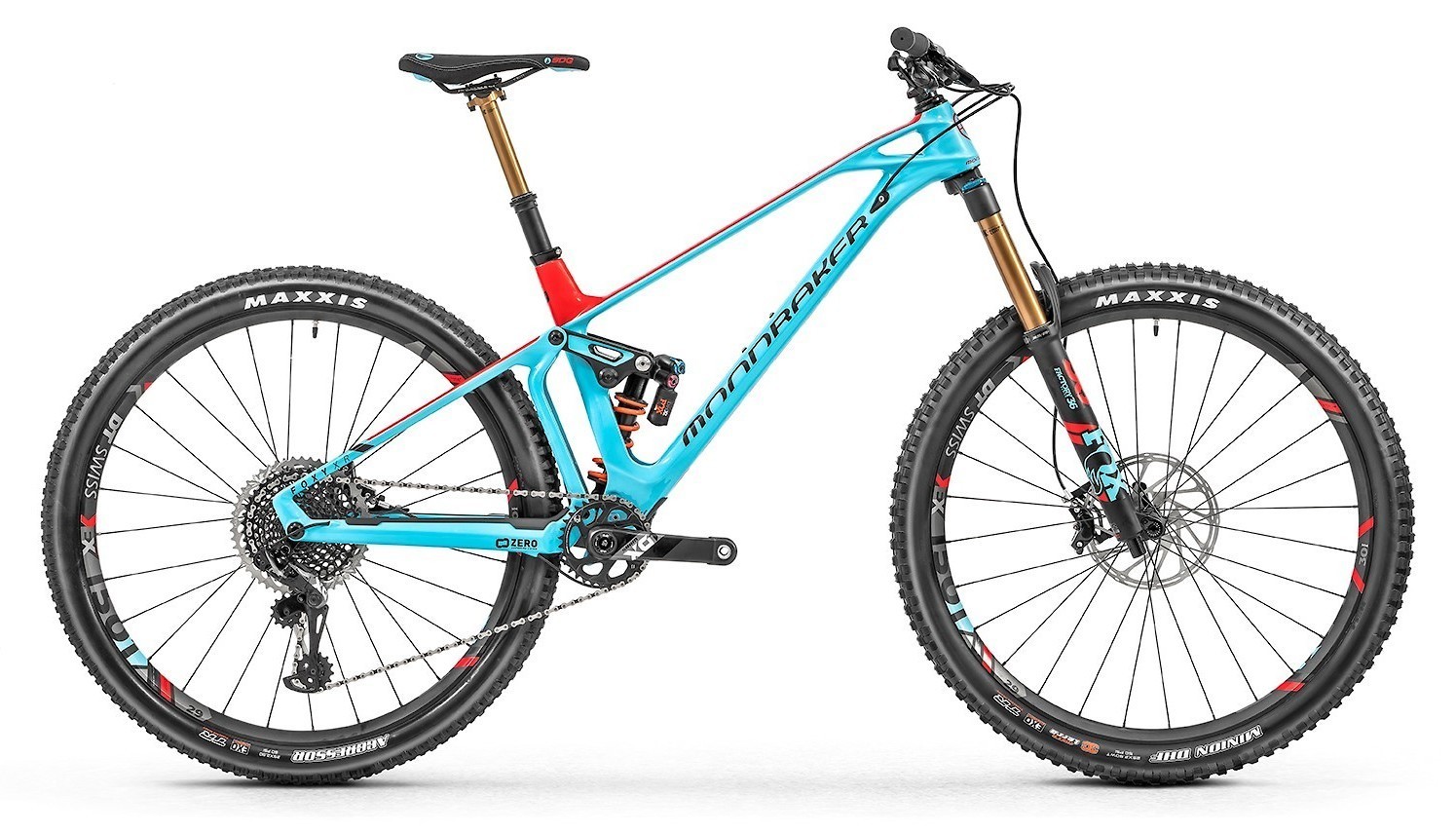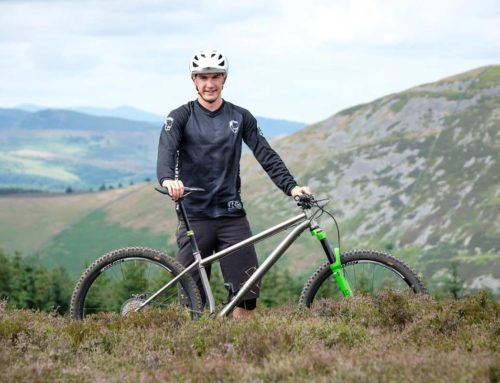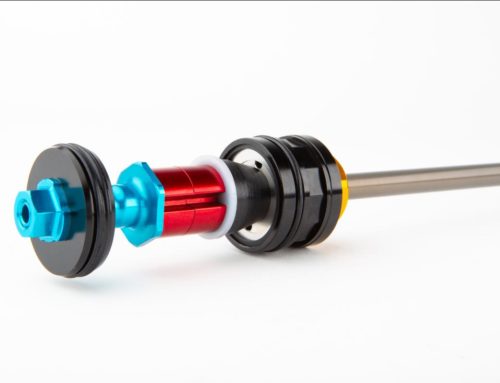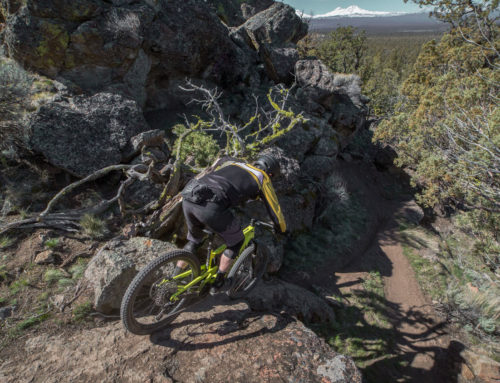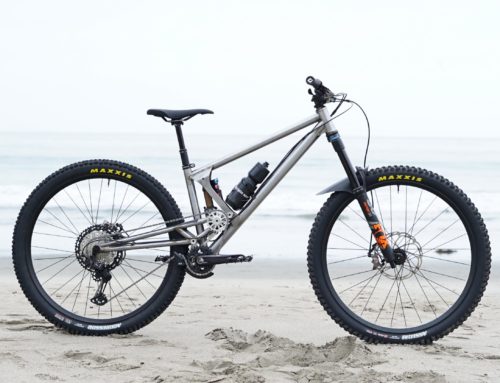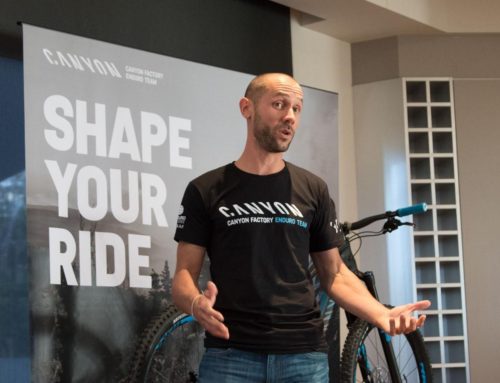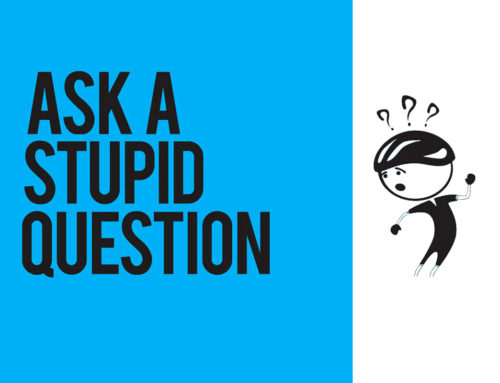Long, low, and slack — that is now the holy trinity of modern mountain bike geometry. If you’re shopping for your next mountain bike and downhill performance is a priority, this geometry philosophy should be a major consideration.
The geometry shift toward the long/low/slack trinity can be traced back to 2013 when the Spanish company Mondraker introduced its Forward Geometry concept. Reach and head angle are the long and slack aspects of the trinity, respectively. Low refers to bottom bracket height, but many brands report BB height differently, so it will be omitted for this basic explanation.
Let’s focus on reach and head angle, which are easily compared across brands. Reach is the horizontal distance between the center of the bottom bracket and the center of the head tube. Head angle measures the inclination of a straight line from the front axle through the centerline of the head tube.
In recent years, mountain bikers have realized that longer reach, paired with a slack head angle, improves stability and confidence on fast descents. Today’s mountain bikes are significantly longer than their predecessors. For example, a 2015 Trek Remedy had a 434mm reach and 67.5-degree head angle, while the 2020 edition of the Remedy measures 461mm in reach with a 66.1-degree head angle (size large) — and that is one of the more conservative examples.
Mondraker’s Forward Geometry bikes were revolutionary because they had significantly more reach than other production mountain bikes at the time. Mondraker was so far ahead of the curve that these reach numbers are still in line with some of the most progressive bikes currently available. Riders and manufacturers took notice and the rest of the industry has been playing catch-up ever since.
[continued...]

